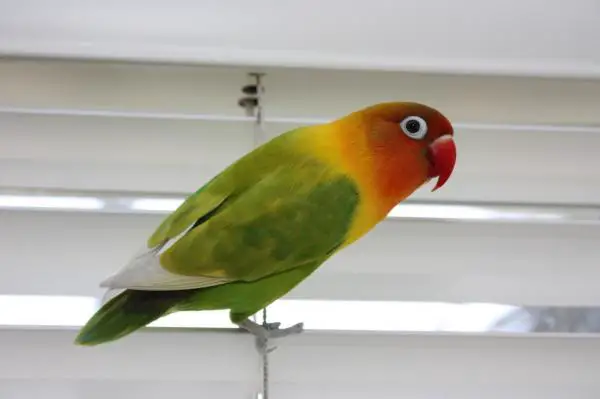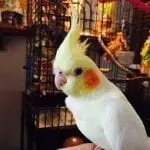Lovebirds are very popular types of pet birds. Any kind of bird owner would love to have a pet that is as endearing as the lovebird. After all, these birds are very affectionate and intelligent animals that can be very rewarding if you are able to take care of them the right way.
As attractive as they are for many different pet owners, lovebirds are not exactly the easiest birds to keep as pets. Some beginners may find success when taking care of these birds, but they are best left for those with some experience in handling and caring for birds. Of course, what also makes the lovebird a difficult pet to take care of is that you should always keep them in pairs since they need a lot of love, attention, and affection not only from you but also from each other.
That said, lovebirds can be tricky birds to train and take care of, but we can help you in that regard:
What are lovebirds?
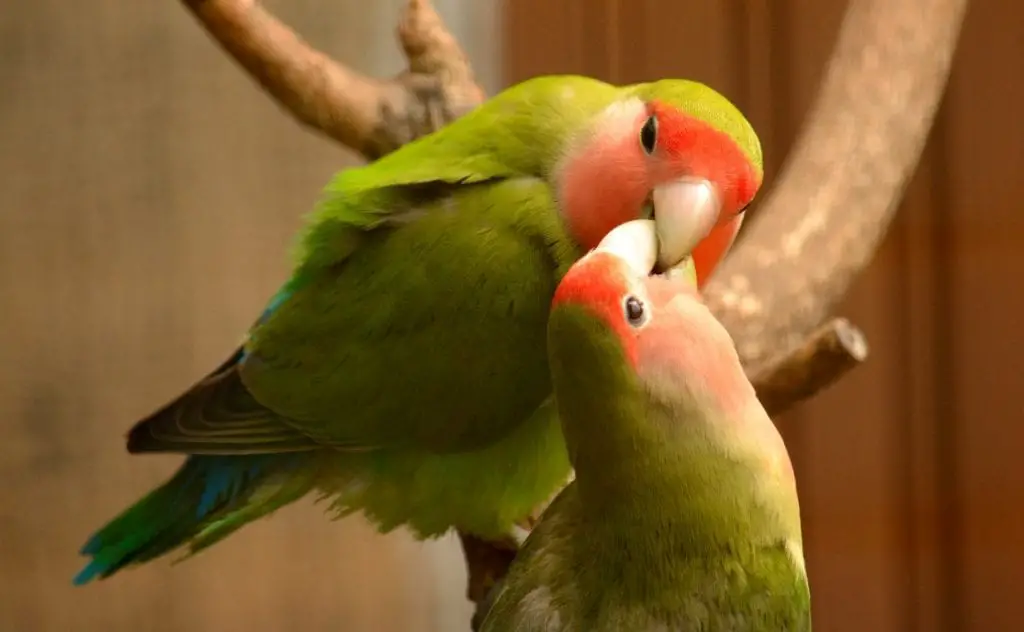
Before you start learning how to train lovebirds, you have to know more about them so that you will be able to master the basics of how to take care of these birds.
· Physical attributes
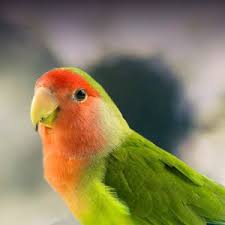
Love birds are actually quite small birds that rarely exceed 7 inches in terms of length. However, they do look quite stocky despite not being the largest types of pet birds. They have bills that tend to be quite large in comparison to their overall length. Meanwhile, the tail of the lovebird is either round or square in terms of its shape. While lovebirds come in different colors, they are usually green but are covered with feathers that come in a variety of colors.
· Food
Wild lovebirds have a diet that is similar to a lot of small birds in the sense that they love eating seeds, fruits, grains, and crops. They may also eat small insects from time to time, but lovebirds often follow a vegetarian diet even though they may be omnivorous in nature.
In captivity, it is better to feed your lovebird with a diet that is based on parrot feed. Try giving them a parrot mix that is supplemented by seeds, grain, vegetables, and fruits for some added nutritional benefits. Fresh greens are the best types of vegetables for these birds. And when you want to feed them with fruits, you may want to give them berries, apples, bananas, and grapes. For those want to supplement their diet with more protein, nuts are a good source of protein for lovebirds.
· Housing
Lovebirds can be more active than most other species of birds. That means that you have to keep them in cages that are large enough to allow them to move around and explore their surroundings. Of course, since you will be keeping them in pairs, it is ideal that you use a cage that is large enough for two active birds to move and fly around. A standard birdcage with dimensions of 32 x 20 x 20 inches will be good enough for lovebirds.
Similar to how you would treat any other bird, the lovebirds’ cage should be placed in an area where the birds could get enough sunlight. Keep it at least six inches off the ground and make sure that the cage has enough ventilation to allow air to pass through it. Keep it away from direct sunlight, but always make sure that the birds are still able to get enough sunlight. It is also best to keep the birdcage away from windows and doors to prevent the lovebirds from escaping if they are let out of the cage.
· Temperament
Lovebirds have a very endearing temperament that makes them some of the most well-loved pet birds in the world. They are quite active birds that will most likely try to fly or move around their cage to see and inspect their surroundings. On top of that, they are inquisitive enough to try to learn more about their environment while they are moving around the cage.
Another reason why lovebirds are favorite pets is that they are quite friendly. These birds like playing around so much and are not afraid to try to interact with their owner. As such, they are nothing short of social in terms of their personality as they love interacting with each other and their owner to the point that they can sometimes be too demanding when it comes to attention.
Lovebirds, when left untamed, can easily get jealous and territorial to the point that they may show a bit of aggression towards other lovebirds. However, this trait can be somewhat rare as lovebirds generally have wonderful personalities that have allowed them to become some of the most well-loved pet birds in the world.
Preliminaries before training
· Get the bird to trust you
The first step in training a lovebird is to actually get it to trust you. Make sure that the lovebird is comfortable being around you as its owner and that it isn’t shy when you are around. Socializing with it from time to time can increase its level of trust. You can talk to it, play some music around it, or give it treats. The key here is to be gentle around it so that it will learn to trust you.
· Be patient when training your lovebird
The key to training lovebirds is to stay persistent with them. Be patient, and do not give up so easily when you are training lovebirds. The entire process will be difficult at the start as the birds probably won’t try to interact with you. But if you are persistent enough by actually trying to socialize with them every single day, they will learn to be more confident with you around and will become more receptive to training.
Tips for training lovebirds
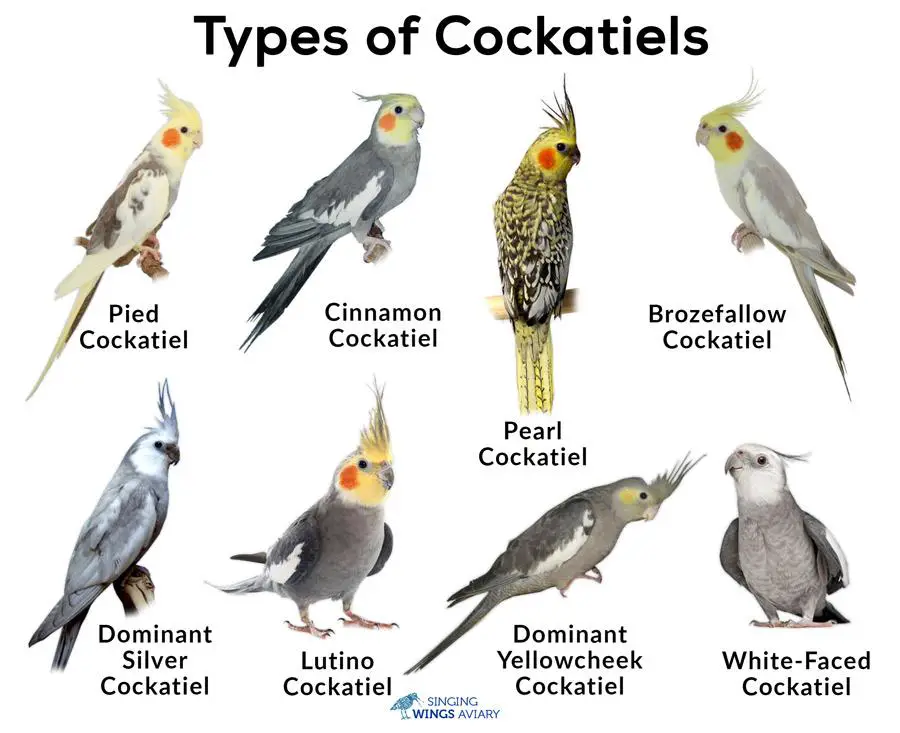
Once the bird has learned to trust you and when it starts to feel more comfortable with you, then it will be time to start training it. Here are some tips that can help make training easier:
- You and the bird should be in a place that is enclosed and with the windows and doors shut. The curtains should be drawn to prevent the bird from flying straight into the closed windows.
- Keep the bird’s cage nearby and make sure that it has enough food and water in it since you will most likely be in the room together with the bird for a while.
- Use food and treats that it loves to try to bait it to jump to your hand. Do not worry too much about the bird flying around the room because that is part of the process. As long as you are in an enclosed room with no way for the bird to escape, you will be fine. In fact, allowing it to fly freely around the room is a good idea so that it will be able to flex its muscles and learn to become more inquisitive.
- Avoid picking the lovebird up and just try to make it come back to you using sounds; it is familiar with, and by baiting it with food. It will eventually come back to you once it gets too hungry and too tired to move around. Do this exercise every single day, and your lovebird will be trained enough to come back to you and go to your hand even though you do not have any treats for it.
